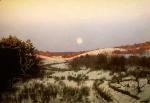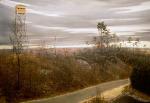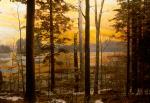You are here
Conservation Issues in the History of New England Forests
Several dioramas highlight conservation issues in the New England countryside. These dioramas remind us of the history of conservation issues in eastern North America, and also point up the continuity of certain conservation concerns through time.







